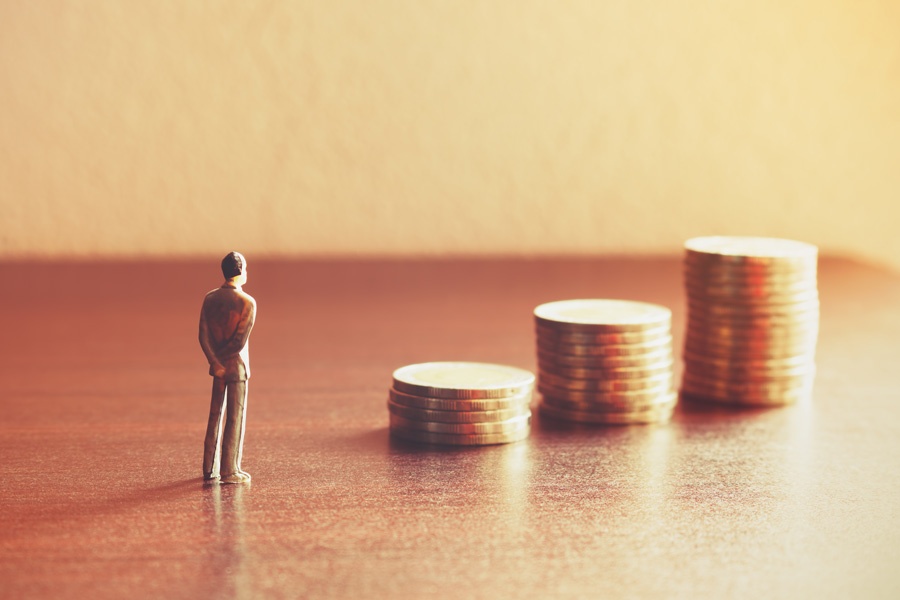

Financial advisers have been begging their clients for years to put money aside for emergencies. Americans are finally listening.
The idea of an emergency fund is to make sure you have easily accessible cash — usually three to 12 months of expenses — in the event of, say, a global pandemic. Prior to March, many financial advisers had trouble persuading clients to build up a cushion, rather than buy stocks or make other investments that were either risky or tied up.
Now, people are getting nervous. High unemployment, a rise in virus cases and the upcoming U.S. presidential election are causing clients to change their strategies and become more conservative, advisers say.
“About a year ago the conversations were more about ‘How can we set aside money for retirement?’ ‘How can we set aside money for college?’” said Juan G. HernandezAriano, director at WealthCreate Financial in Spring, Texas. “But I would say 50% or 60% of the conversations right now are about ‘How can we set aside more money for emergencies?’”
Scott Gobetz, a former operations manager at Walt Disney World who retired in September, says that even though he and his wife are currently secure in their finances, they’ve increased their emergency savings from four months to about 11 months of expenses since the pandemic began.
“Who knows what’s going to happen in this world of changing every moment?” Gobetz said. “Even though the market is doing well — gosh knows why — I have no confidence that it’s going to stay.”
Not everyone has the funds to set aside an extra cushion for emergencies. Nearly 30% of Americans have no emergency savings at all, and another 25% don’t have enough to cover more than three months, less than the amount recommended by most financial advisers, according to July 2019 data from Bankrate, a financial services firm.
That said, Americans’ checking account balances have soared since March, with funds from the federal stimulus pouring in and fewer places to go out and spend during lockdown.
There’s disagreement over how much people should stash away. Some say three months’ worth of housing and other basic bills is enough, while others such as Suze Orman suggest socking away enough to hold you over for eight months.
But it’s not always as simple as a set number of months, and now old assumptions are changing.
“I used to think someone in the restaurant industry would be safe, but not anymore,” HernandezAriano said. “Same with someone in the hotel and hospitality industry. Now I’m taking them as someone that’s an engineer for an oil and gas company,” he said, noting that oil and gas is a more specialized industry where finding a new job is often difficult.
Self-employed workers have income that can be particularly vulnerable during the pandemic, said Seth Corkin, a financial adviser at Single Point Partners in Boston.
“They’ve really started to say, ‘Seth isn’t being super conservative,’” Corkin said. “‘There are things that can happen, even if none of us anticipate those things, like the current pandemic, that having a cash buffer can be super important to the viability and sustainability of my business.’”

Driven by robust transaction activity amid market turbulence and increased focus on billion-dollar plus targets, Echelon Partners expects another all-time high in 2025.

The looming threat of federal funding cuts to state and local governments has lawmakers weighing a levy that was phased out in 1981.

The fintech firms' new tools and integrations address pain points in overseeing investment lineups, account monitoring, and more.

Canadian stocks are on a roll in 2025 as the country prepares to name a new Prime Minister.

Carson is expanding one of its relationships in Florida while Lido Advisors adds an $870 million practice in Silicon Valley.
RIAs face rising regulatory pressure in 2025. Forward-looking firms are responding with embedded technology, not more paperwork.
As inheritances are set to reshape client portfolios and next-gen heirs demand digital-first experiences, firms are retooling their wealth tech stacks and succession models in real time.
